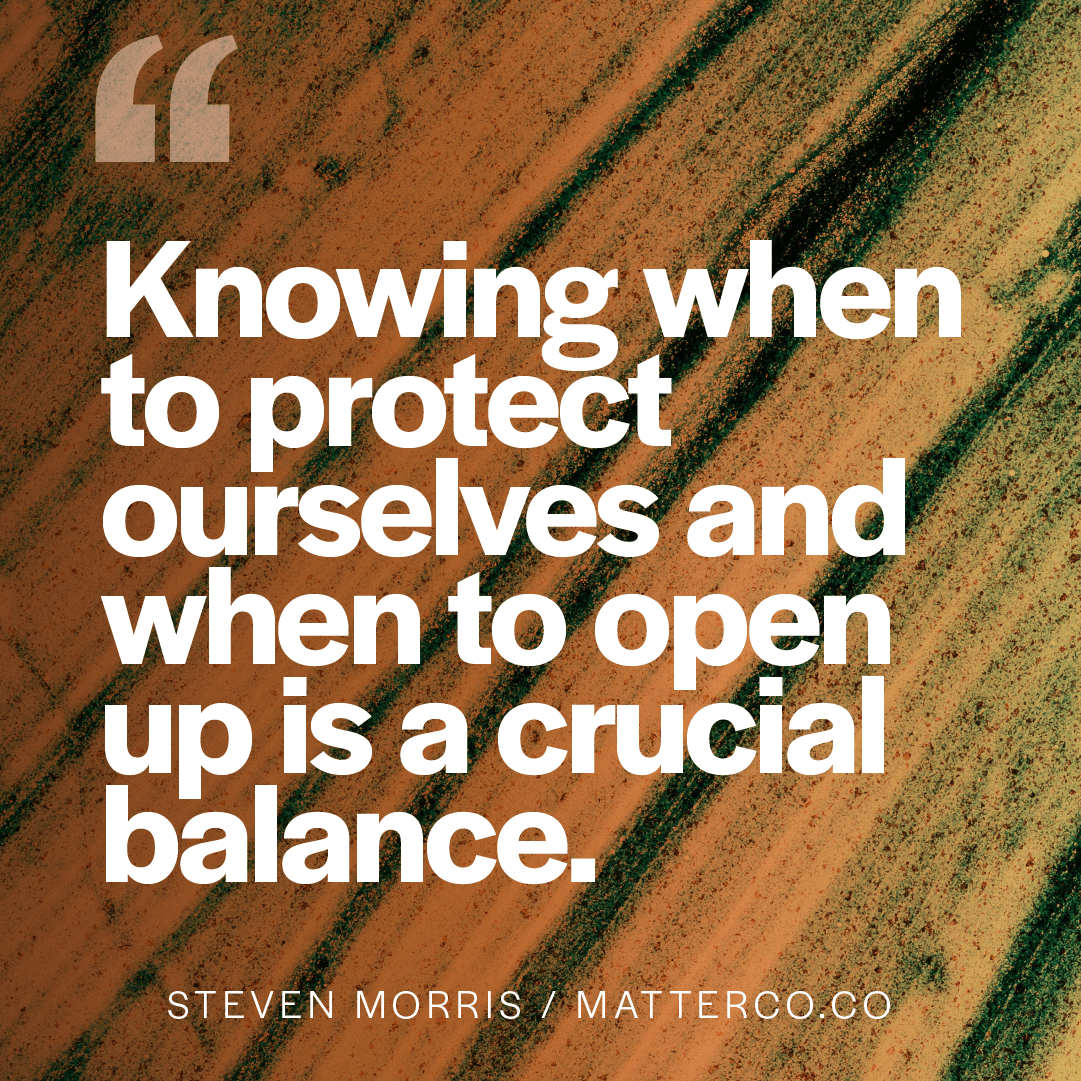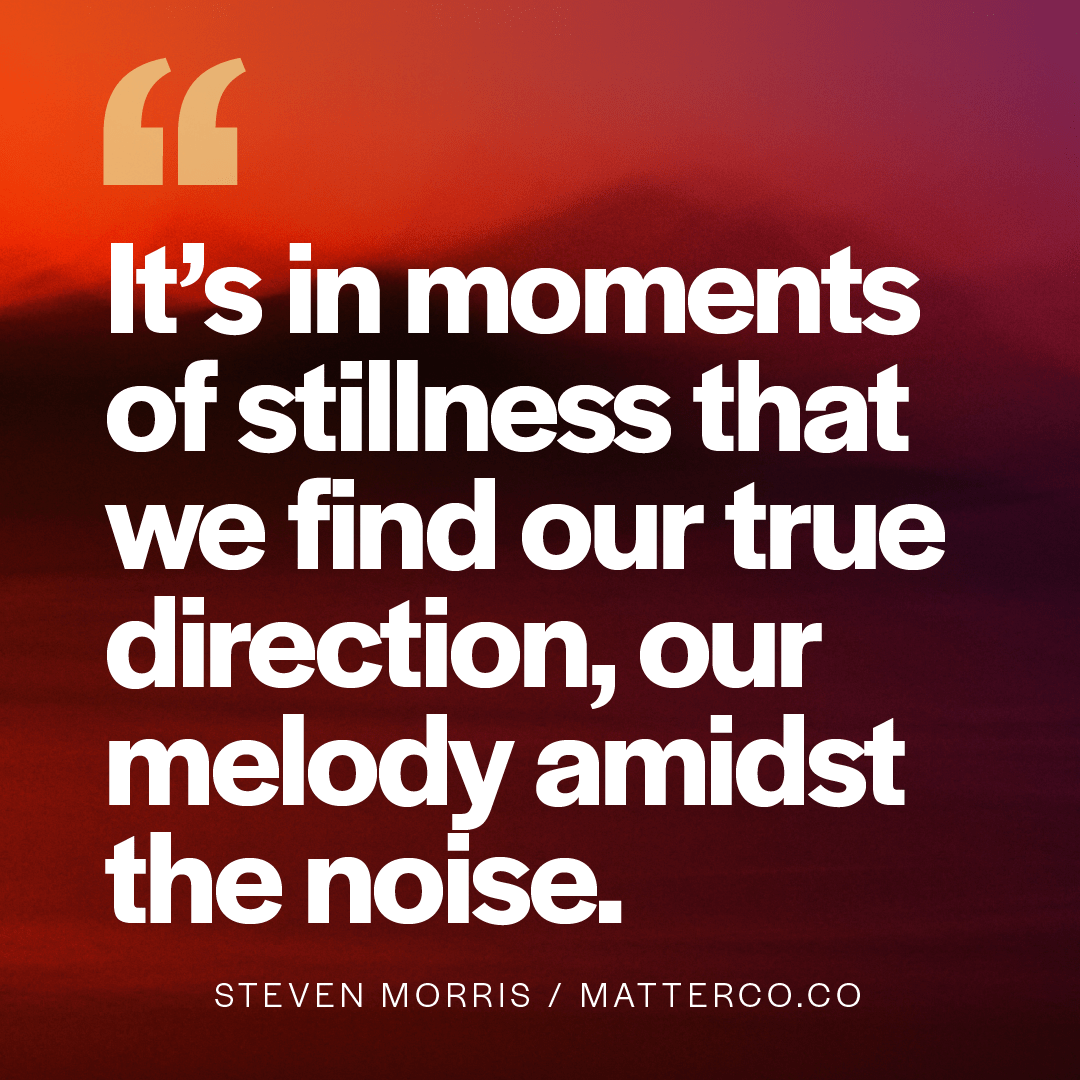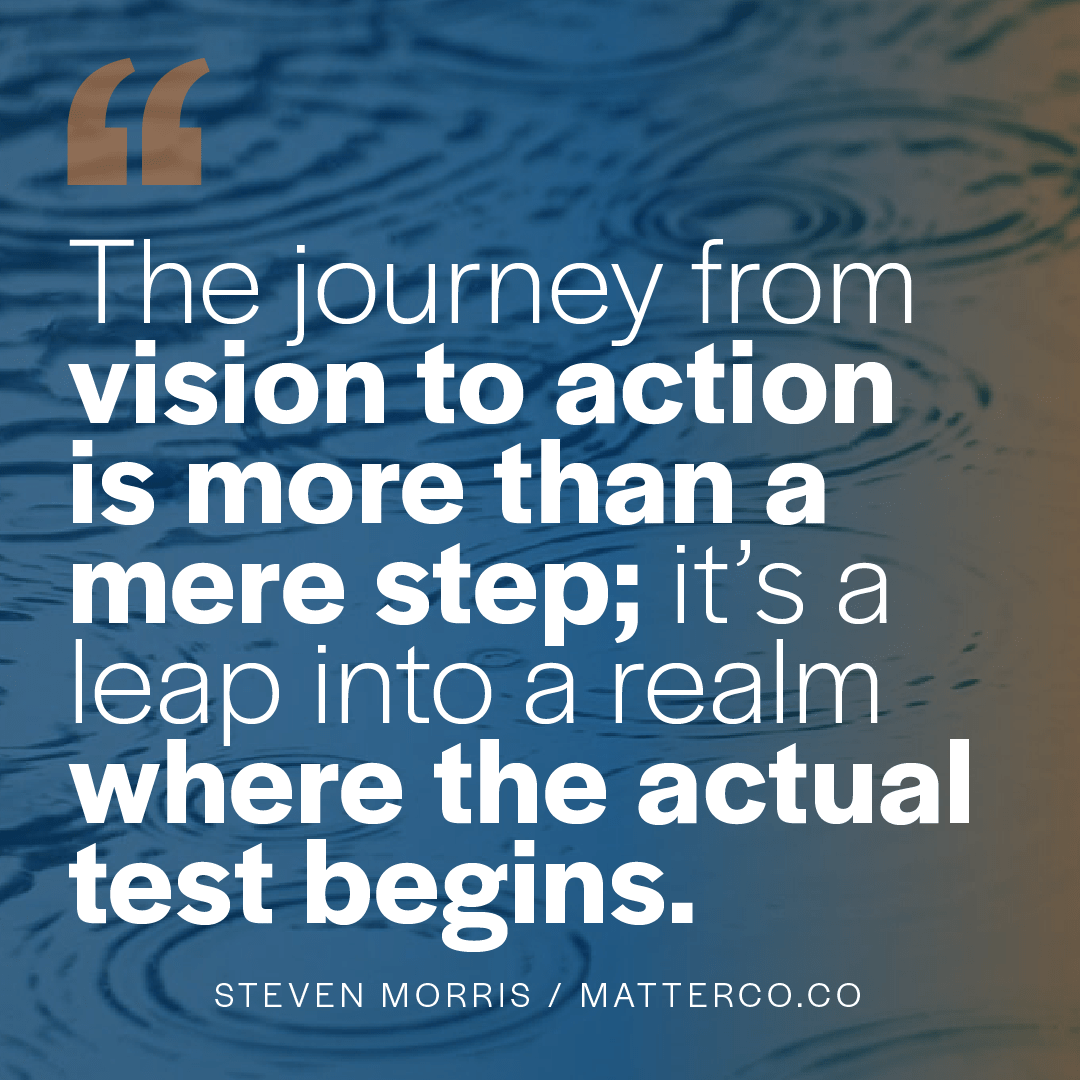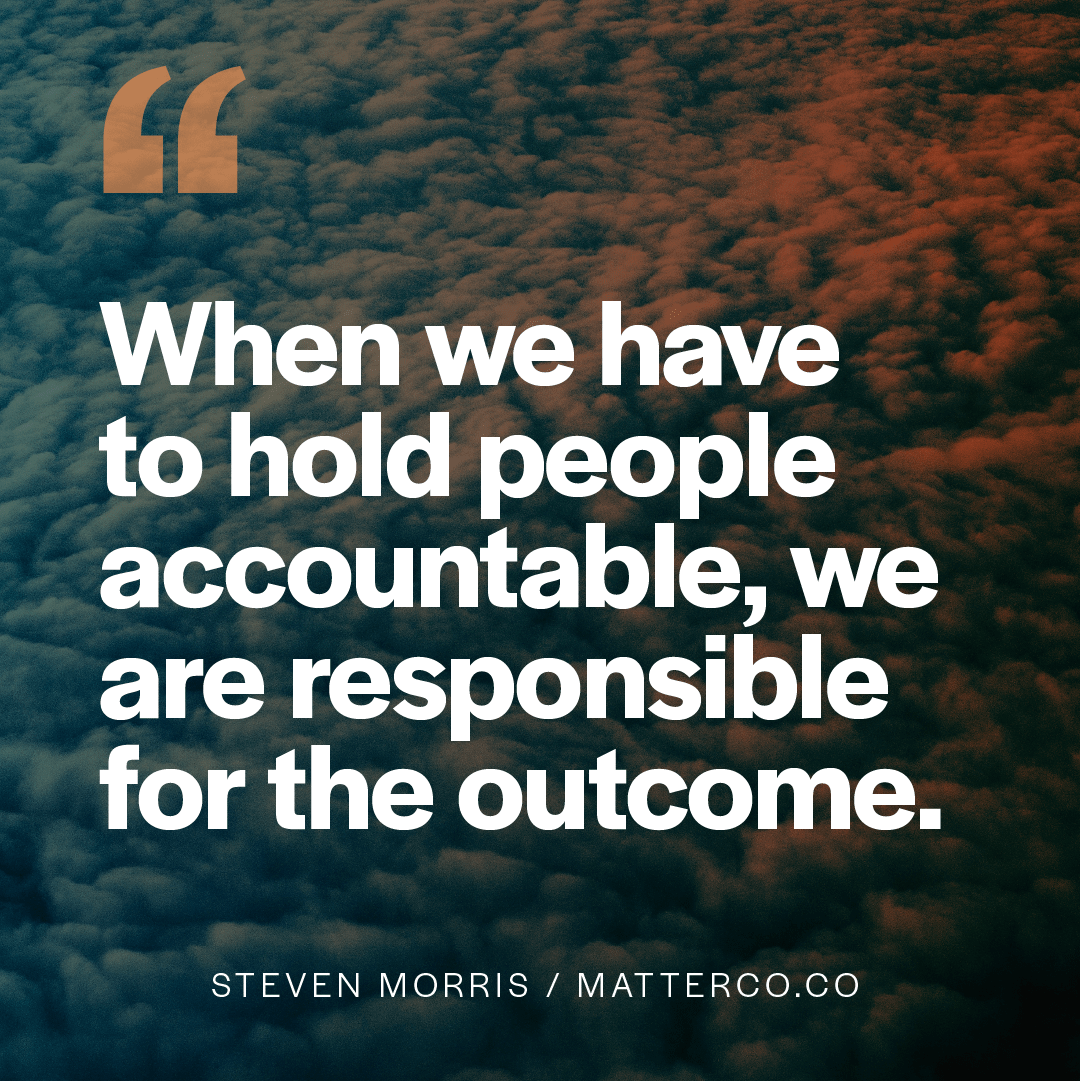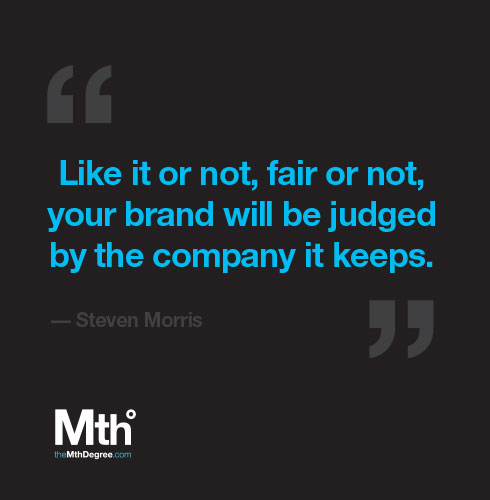
The Good, Bad and Ugly of Brand Association.
Choosing wisely with whom you associate your brand.
I just returned from a multi-city trip on the east coast and each time I stepped into an Uber car, a part of me couldn’t help but think about the sexual abuse allegations that have been rumored at the highest levels of Uber. Not that I looked at whoever the driver was with the same concern, but the awareness of Uber’s story was there. Fair or not, I associate Uber with this stigma. (A side note, I’m now using Lyft, too.)

This awareness got me thinking about brand impact from association and how it can work both for and against brands.
For instance, the recent purchase of Whole Foods by Amazon, I believe, will do Amazon well for the association it now has with Whole Foods. Not only will Amazon amplify their crafty entry into retail, but Amazon will also capitalize and borrow on the respected brand equity that Whole Foods has build over time. What’s harder to speculate is how, beyond the financial strength, Whole Foods will benefit from the acquisition. Given their rocky last couple of years, the financial backing may be enough for Whole Foods to benefit. Regardless, some brand equity will be transferred in both directions.
A contrasting example.
As a regular reader of the NY Times I have a deepening curiosity with the brands that advertise within and what article they might be associated with. While reading the paper last weekend, a story about the Minneapolis Police Chief being forced out after a fatal shooting of an Australian woman, an ad was served for a slipper company. “The revolutionary slipper” the ad stated, next to the text that reported a possible sexual assault near the woman’s home.
It’s not particularly easy to consciously or unconsciously unlink the two messages for most readers and consumers. It’s unfortunate for the slipper brand because they, no doubt, want little-to-no brand association with such stories. But, with most news these days falling in the bad news category, brands that advertise on similar outlets will be associated by the flavor of the stories they show up along side.
Conversely and a smart media buy, an ad for Lyft showed up when I was reading the article about the incoming Uber CEO entitled “Is this the woman that will save Uber?” Smartly so, Lyft is right there to let the reader know there’s an alternative.
Brand impact by association is nothing new. It’s the foundation of the billion-dollar celebrity endorsement world, the event sponsorship world and the universe of hired spokespeople.
When a brand shows up as a sponsor for a Rock and Roll Marathon, the Olympics, or an awareness ad on the scoreboard of an MLB team, they are each branding by association. When Tiger Woods, Lance Armstrong and others who fell off their celebrity do-gooder status brands jumped ship faster than the stories fully unfold. It’s the risk any brand takes in a celebrity or non-celebrity endorsement.
Take Jared Fogle ex-spokesperson for Subway. From 2000-2015 Subway propped Jared up as their obese-to-thin poster child, and for years they beat the drum as a low-calorie fast food option.
It worked like magic, until it didn’t. Jared, as many know, is currently incarcerated being found guilty of distribution and receipt of child pornography. Certainly, this is not Subway’s fault, but they continue to pay the price by their past association with Jared.
The point of all this is to underscore the delicate nature of brand association. Like your grandmother taught you, you’ll be judged by whom you associate with.
Your brand association through the media, through sponsorship, through endorsements, or even where and how your brand chooses to advertise, says something about your brand. Like it or not, fair or not, your brand will be judged by the company it keeps.
Most examples of brand association are brand advertising, which is primarily focused on building brand awareness, not conversion. There are 3 reasons to build brand awareness:
- to let people know you exist;
- to let those customers know what you sell and what you stand for;
- to build brand equity.
In order to drive people to purchase from your brand, they need to know you exist, understand something of what you sell and the value of that in their lives and to build good faith that your brand is trustworthy prior to purchase.
So, when associating with another brand, do careful due diligence to ensure that you’re associating with something positive, reinforcing and trust-building.
This begins with being clear about the pillars your brand stands on—the things you want people think of when they think of your brand. There should be 3-5 brand pillars that are the key attributes to you brand. Once defined and articulated, look for other brands that stand on similar pillars that you’re willing to be associated. Then, stay true to your pillars and use them as your true north in navigating the complex world of brand association in the marketplace.
And, if things start to go off course, be quick and decisive in separating your self from a brand that you no longer want to be associated.
If you want a more trusting team, a culture of belonging or a magnetic brand that attracts more of the right customers, I can help. If you'd like to explore if working together makes sense, drop me a line.




